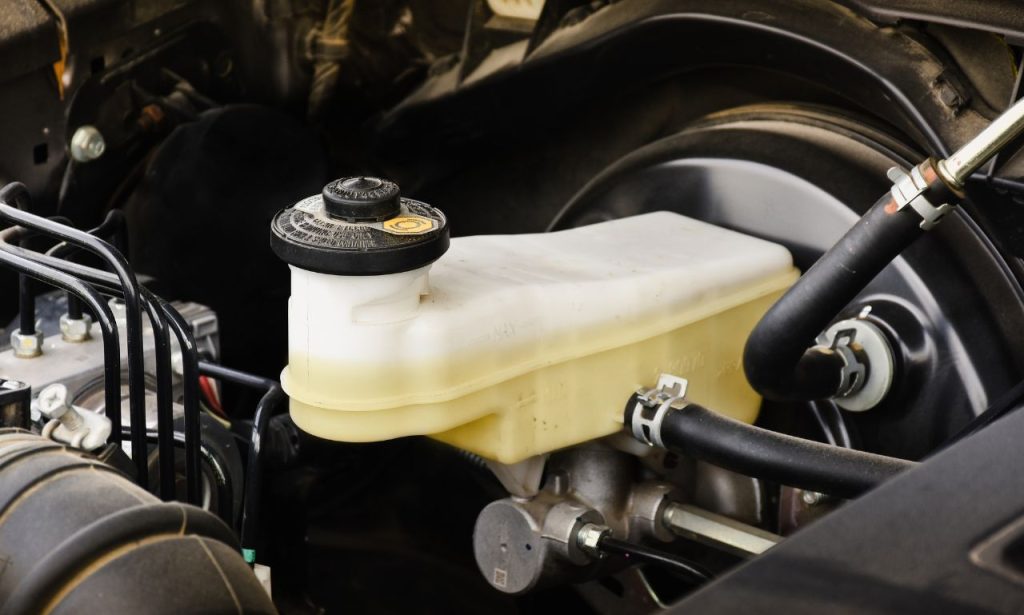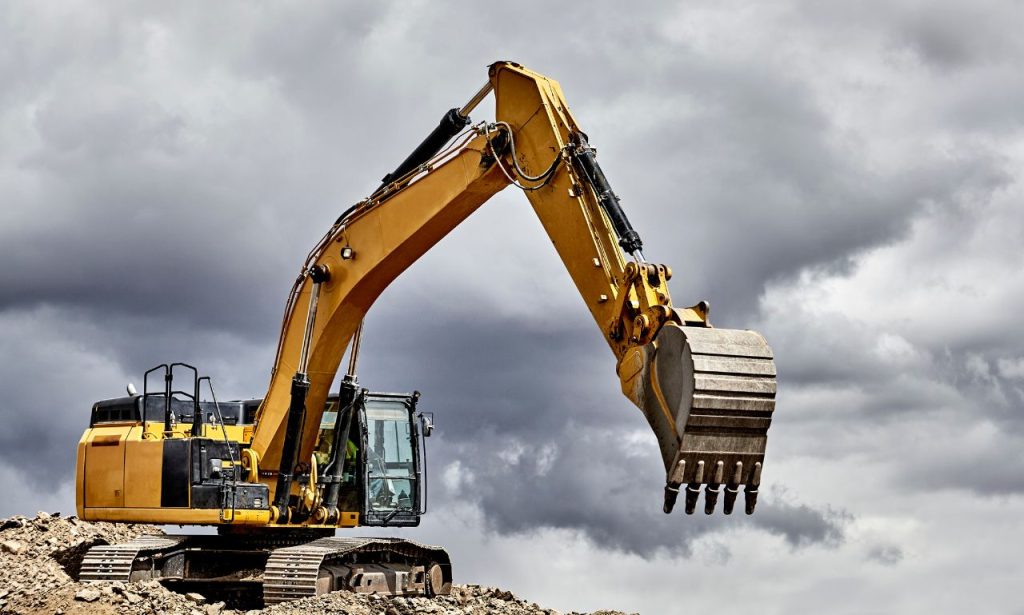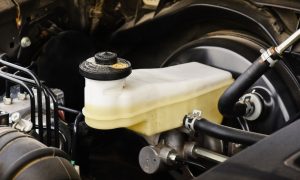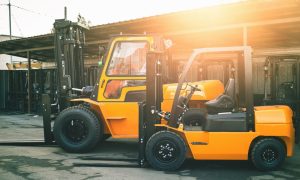Heavy equipment is the backbone of countless industries, from construction to mining. But here’s the thing—these machines don’t come cheap. A single excavator, for example, can cost as much as a luxury home. That’s why extending their service life isn’t just smart—it’s critical for profitability and safety.
The question then becomes: What are the steps to maximize the longevity of heavy equipment? The answer lies in a combination of maintenance, technology, operator habits, and strategic planning. If you’re running a construction firm, quarry, or even a fleet of forklifts in a warehouse, the way you treat your machines will define whether they remain assets or turn into costly liabilities.
Let’s break it down step by step.
Establishing a Robust Preventive Maintenance Program
Preventive maintenance is the single most significant factor in extending equipment life. Think of it like regular checkups with your doctor. You might not feel sick today, but waiting until something breaks down often means more pain—and expense—later.
A well-structured preventive maintenance program schedules inspections, tune-ups, and component replacements based on manufacturer recommendations and machine hours. Real-world data shows that companies that follow preventive maintenance cut repair costs by up to 25% compared to those that only act after failures.
For example, Caterpillar’s customer case studies highlight projects where simple preventive maintenance—like replacing filters at recommended intervals—extended engine life by several years. Neglecting these steps, however, often leads to catastrophic failures, forcing early replacements.
Ask yourself: would you rather budget for predictable small expenses or face unexpected five-figure repair bills?
Mastering Fluid and Lubrication Management

Fluids are the lifeblood of your machines. Oils, hydraulic fluids, and coolants not only keep things running but also protect internal components from wear, overheating, and corrosion. The wrong fluid—or even the proper fluid used beyond its life—can destroy engines and hydraulics faster than you’d imagine.
Routine oil sampling and analysis help catch contaminants early. Mining companies in Australia utilize fluid analysis as a first line of defense, detecting issues such as coolant leaks or early-stage metal wear before they escalate.
Sticking to proper lubrication intervals, using OEM-approved products, and storing fluids in clean conditions all play considerable roles in equipment longevity. Skimping on fluid care is like running a marathon without water—you might finish, but the damage will last long after.
Empowering Operators Through Comprehensive Training and Best Practices
Even the best machine won’t last long if the operator doesn’t know what they’re doing. Equipment misuse is a primary reason for premature equipment breakdowns. That’s why investing in operator training pays off exponentially.
A well-trained operator understands the limits of the machine, avoids unnecessary strain, and performs routine checks before and after each shift. For instance, an operator who ignores a warning light might think they’re saving time, but they could be cooking an engine. On the other hand, adhering to practices reduces downtime and saves thousands in avoided damage.
A study by the Association of Equipment Management Professionals (AEMP) revealed that companies investing in operator training experienced an increase in equipment life of up to 15%. That’s not theory—that’s measurable, bottom-line impact.
Implementing Effective Operator Training Programs
Training isn’t a one-off event; it should be continuous. Machines evolve, technology advances, and even seasoned operators benefit from refreshers.
Modern programs combine classroom instruction with hands-on simulations and exercises. Some firms now use VR training for excavators and cranes, giving operators the chance to practice without risking a real $500,000 machine. These immersive tools help employees build muscle memory, making them less likely to cause avoidable wear in the field.
And let’s not overlook daily habits. Teaching operators to conduct pre-operation walkarounds, report unusual sounds, or check tire pressures may seem minor, but collectively, these practices significantly extend the life expectancy of equipment.
Fostering a Culture of Equipment Care and Proactive Reporting
A fleet doesn’t just need operators; it needs caretakers. Culture plays a bigger role here than most managers realize. When employees view machines as company property, they tend to treat them as if they were rentals. However, when they feel accountable, they begin reporting issues promptly and respecting maintenance schedules.
Proactive reporting involves identifying and addressing minor issues before they escalate into major problems. For example, a mechanic noticing a loose hydraulic hose clamp might prevent a major fluid spill and subsequent system failure. This culture doesn’t emerge overnight, but it grows when leadership rewards attentiveness instead of punishing downtime.
Companies like Komatsu emphasize “machine ownership culture,” assigning operators to specific machines. When someone feels responsible for “their” loader or grader, they naturally keep it in better condition. It’s human nature—people take better care of things they consider their own.
Leveraging Technology for Proactive Condition Monitoring and Predictive Maintenance
Technology has completely reshaped how fleets are maintained. Instead of relying solely on scheduled maintenance, condition monitoring allows you to see exactly what’s happening under the hood—in real-time.
For instance, sensors on hydraulic systems can detect early pressure drops, while vibration monitoring can identify bearing issues before they cause failure. Predictive maintenance systems use this data to forecast failures, so you can fix components on your schedule instead of waiting for disaster to strike.
In the airline industry, predictive maintenance has already significantly slashed costs and dramatically improved safety. The heavy equipment world is heading in the same direction. If jet engines can be monitored to the second, there’s no reason your dozer can’t be.
The Power of Telematics and IoT Devices
Telematics isn’t just a buzzword—it’s a game-changer. With IoT devices installed, managers can track machine hours, idle time, fuel usage, and even operator habits.
This data helps spot inefficiencies. For example, if one operator consistently idles equipment longer than others, fuel costs spike and engine wear accelerates. With telematics, you can clearly see this pattern and address it directly.
A construction firm in Texas reduced idle time by 20% across its fleet after implementing telematics. The result? Lower fuel costs and significantly reduced engine wear. That’s not just theory; it’s hard savings.
Predictive Maintenance with Data Analytics
Raw data alone doesn’t create value—it’s what you do with it that matters. Predictive analytics uses historical data to forecast when a component is likely to fail.
Think of it as weather forecasting for machines. Just as meteorologists predict storms, predictive algorithms flag early signs of breakdowns. Companies that adopt predictive maintenance strategies report 30-50% reductions in unexpected downtime.
Imagine being able to plan repairs during scheduled downtime, rather than halting a critical project halfway through. That’s the power of data-driven foresight.
Strategic Parts Management and Sourcing for Quality and Availability
Downtime often boils down to one thing: waiting for parts to arrive. That’s why innovative companies invest in strategic parts management. Stocking critical spares, partnering with reliable suppliers, and verifying the quality of parts are all crucial.
Cheap aftermarket parts may save money upfront, but they often shorten equipment life. Real-world fleet managers will tell you: an off-brand hydraulic filter that fails prematurely can ruin a $40,000 pump. Suddenly, those “savings” don’t look so good.
Strong supplier relationships also matter. During the global supply chain disruptions of 2021, companies with pre-established agreements had priority access to parts, while others remained idle. Equipment longevity isn’t just about maintenance—it’s about ensuring you have what you need, when you need it.
Protecting Equipment from Environmental and Operational Stressors

Even the toughest machines aren’t invincible. Dust, moisture, extreme temperatures, and rough terrain all take their toll on the equipment. Protecting equipment from these stressors pays dividends.
For instance, construction firms operating in desert climates schedule extra filter changes and use specialized seals to combat sand intrusion. In colder regions, using winter-grade fluids and block heaters prevents cold-start damage.
Storage also matters. Parking equipment under shelters or using protective covers reduces UV damage, corrosion, and premature deterioration of paint or seals. Simple measures, like cleaning mud off undercarriages daily, go a long way toward preventing rust and mechanical wear.
Remember: environment-specific strategies often make the difference between equipment lasting 10 years and equipment lasting 20.
Conclusion
What are the steps to maximize the longevity of heavy equipment? They include a combination of preventive maintenance, fluid management, operator training, proactive culture, condition monitoring, predictive analytics, quality parts management, and environmental protection.
The truth is, there’s no silver bullet. Longevity stems from discipline, consistency, and the intelligent use of technology. Every hour of downtime avoided translates directly into more profit and fewer headaches.
If you’re serious about protecting your bottom line, don’t treat equipment care as an afterthought. Treat it as a strategy—because in reality, it is one.
FAQs
Preventive maintenance identifies minor issues early, reducing costly breakdowns and significantly extending equipment life.
Well-trained operators use equipment properly, avoid misuse, and conduct inspections that prevent premature wear and damage.
Telematics, IoT, and predictive analytics provide real-time insights, enabling proactive maintenance and reducing downtime.
Yes. OEM parts are designed for your machine, ensuring durability and preventing failures caused by substandard aftermarket alternatives.
By customizing fluids, filters, and protective measures to match conditions such as heat, cold, dust, or moisture.




